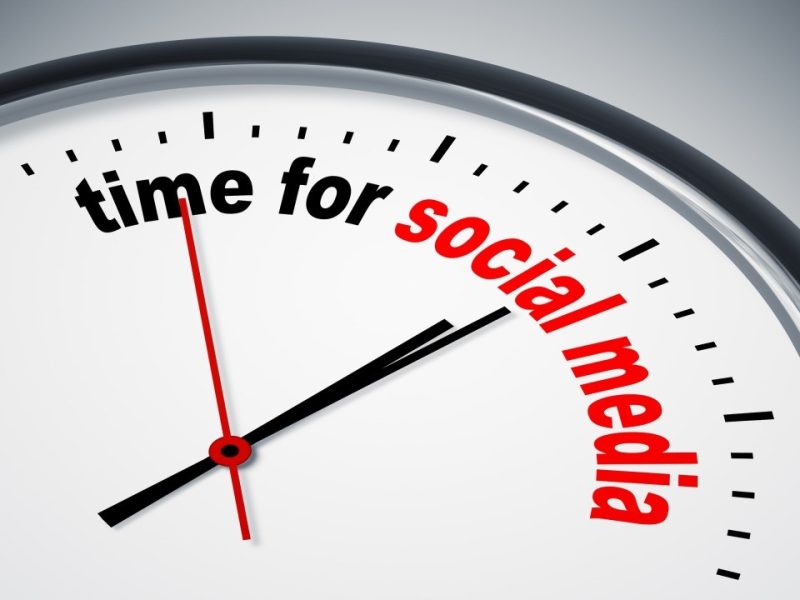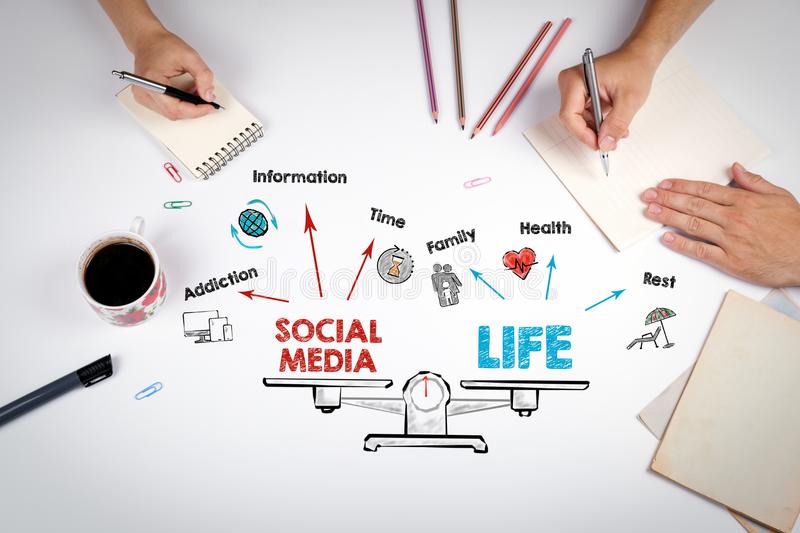In today’s digital age, social media has become an integral part of daily life. Platforms like Facebook, Instagram, TikTok, X (formerly Twitter), and LinkedIn connect people, provide entertainment, and even serve as tools for education and business. However, excessive time spent on social networks can negatively affect mental health, productivity, and real-world relationships. The key question is: How much time on social media is considered healthy?

Recommended Daily Social Media Usage
Most psychological and medical experts agree that 30 to 60 minutes per day is a reasonable and healthy range for social media use. According to a 2018 study published in the Journal of Social and Clinical Psychology, participants who limited their social media use to 30 minutes per day saw significant improvements in well-being, including reduced levels of anxiety, depression, and feelings of loneliness.
Guidelines for Healthy Usage:
- Teens (13–18 years old): No more than 1 hour/day, ideally under parental monitoring.
- Adults: Up to 1 hour/day, with breaks and offline social activities encouraged.
- Professionals using social media for work: Should aim for intentional and time-boxed usage, separating personal and professional interactions.
Warning Signs of Overuse
Exceeding healthy usage limits can lead to several psychological and behavioral concerns:
- Mental health issues: Anxiety, depression, FOMO (fear of missing out), and low self-esteem.
- Reduced productivity: Frequent checking and scrolling interferes with work and learning.
- Sleep disruption: Screen time before bed affects melatonin production and sleep quality.
- Addictive behavior: Compulsive use that interferes with daily functioning.
Benefits of Limited and Mindful Use
Social media isn’t inherently harmful. When used thoughtfully, it offers several benefits:
- Connection with family and friends
- Access to educational content and professional networking
- Expression of creativity
- Awareness of news and global events
Mindful use enhances these positives while reducing risks.
Tips for Managing Social Media Time
- Set Time Limits: Use built-in tools on iOS and Android (Screen Time, Digital Wellbeing) to monitor and restrict usage.
- Turn Off Notifications: Disable non-essential alerts to minimize distractions.
- Schedule No-Screen Time: Create “offline zones” during meals, bedtime, and work/study periods.
- Be Selective: Follow people and pages that promote positivity and unfollow those that create stress or negativity.
- Replace Scrolling with Activities: Engage in hobbies, exercise, or in-person social interactions.
Conclusion
There’s no one-size-fits-all answer, but a general guideline of 30–60 minutes per day strikes a balance between staying connected and maintaining well-being. The focus should not only be on how much time is spent on social media, but also how and why it is used. Being intentional, mindful, and aware of its effects can help make social media a positive part of daily life.




 then choose "Install".
then choose "Install".